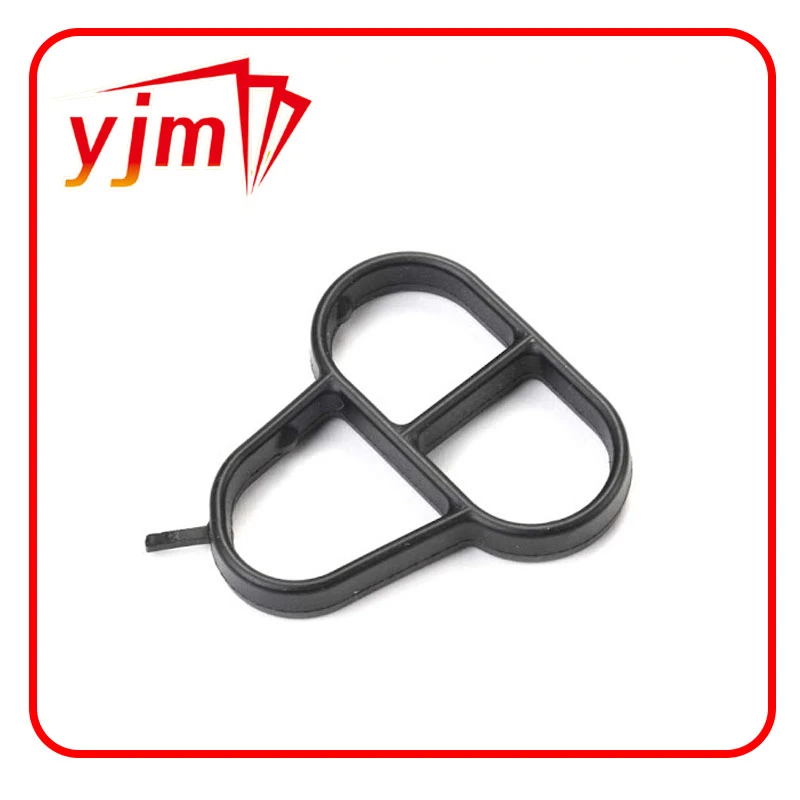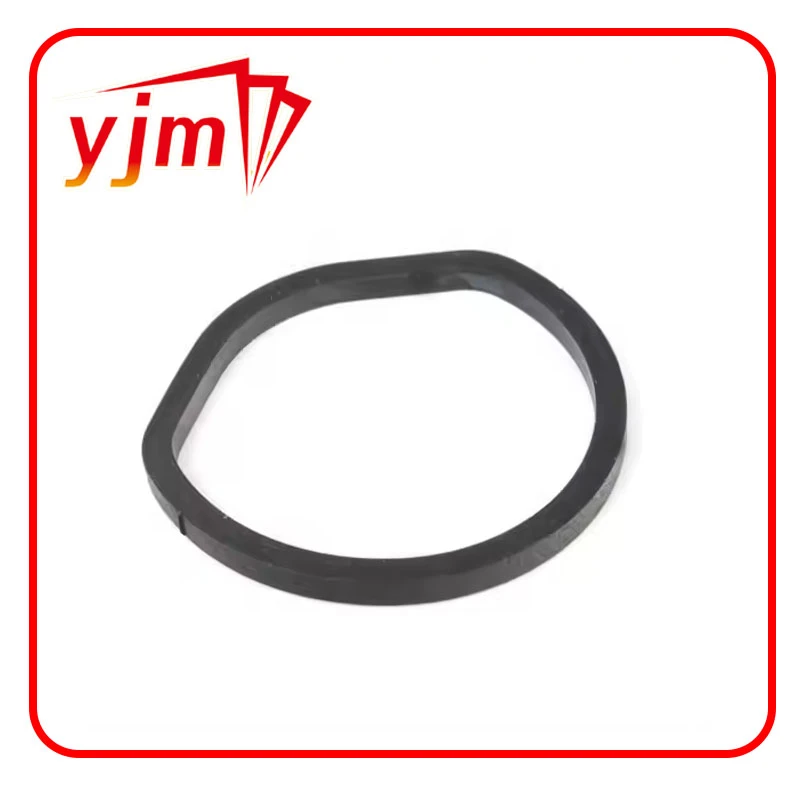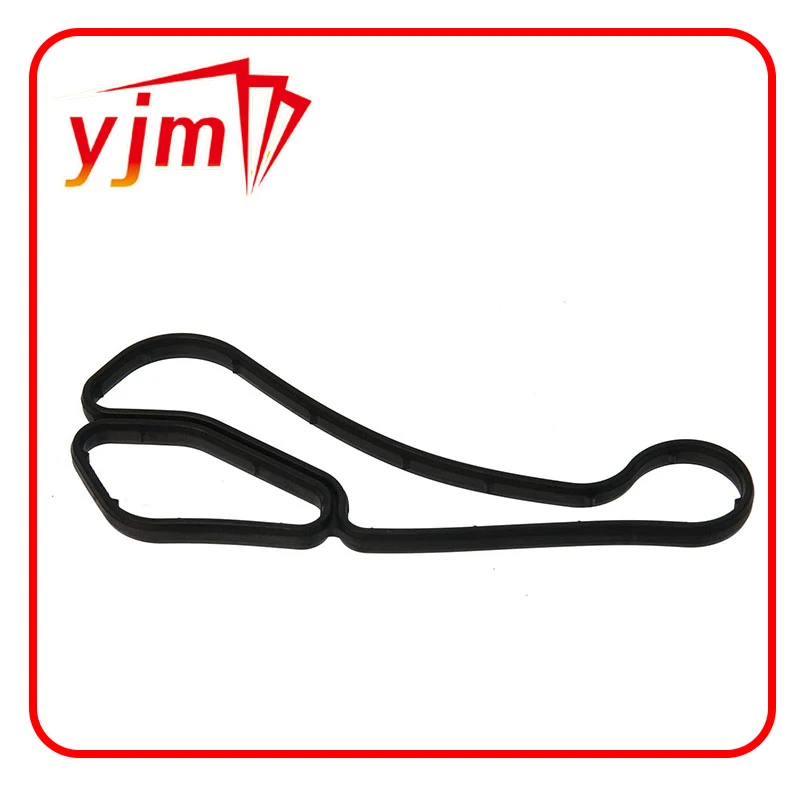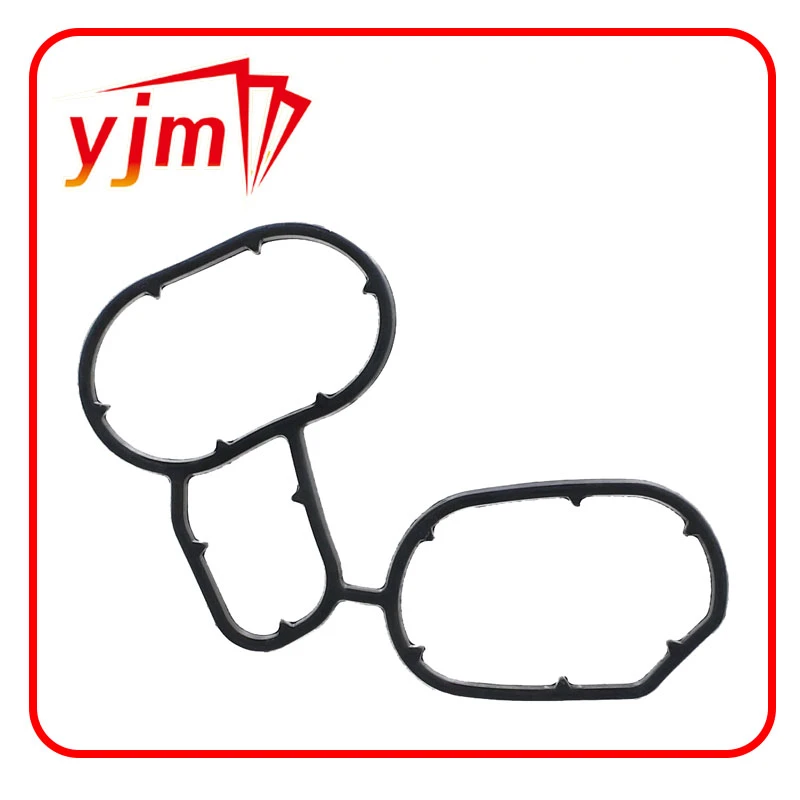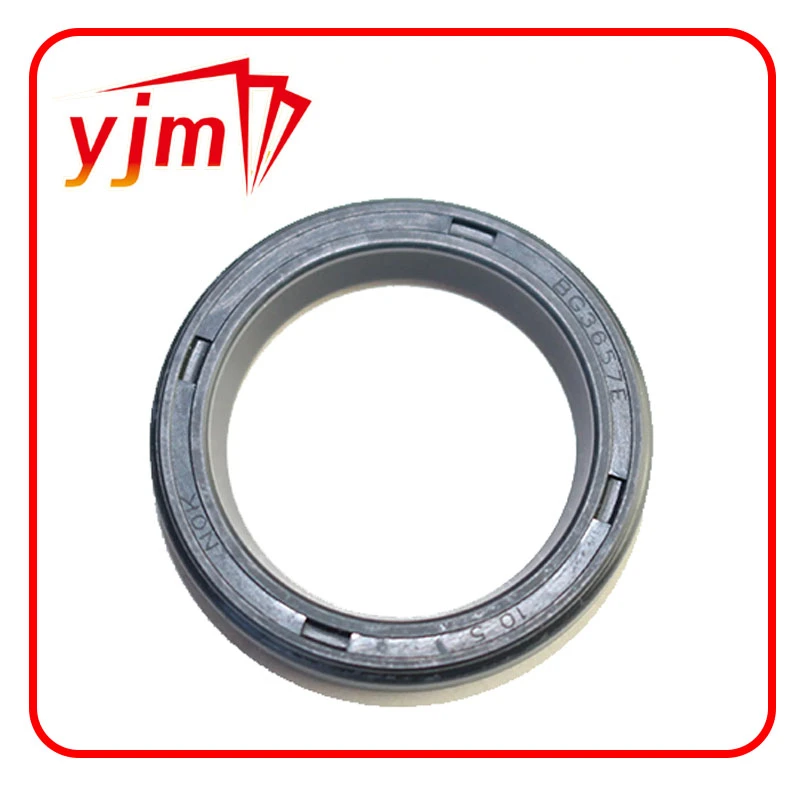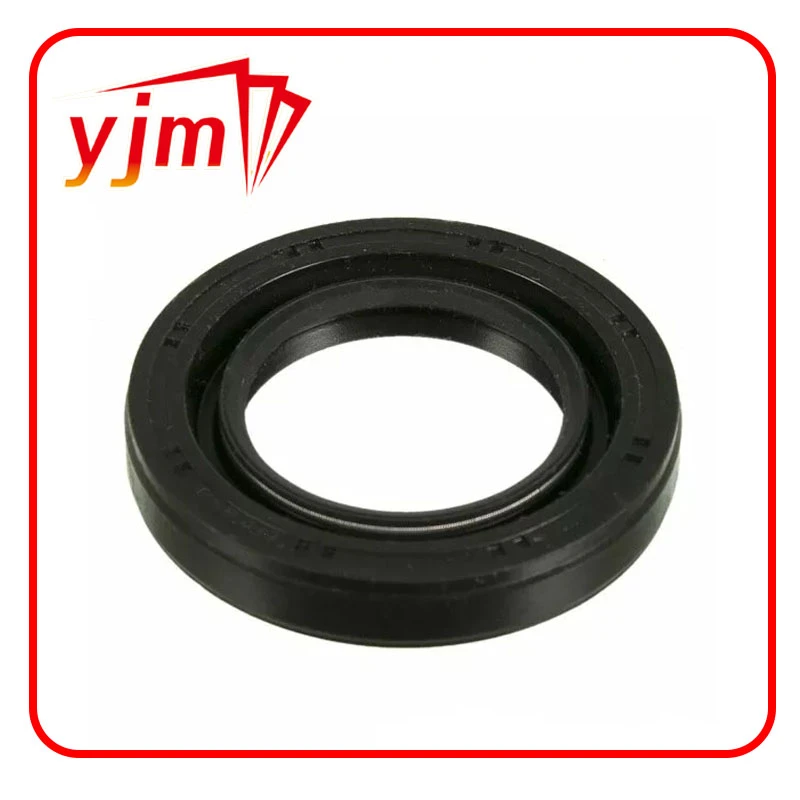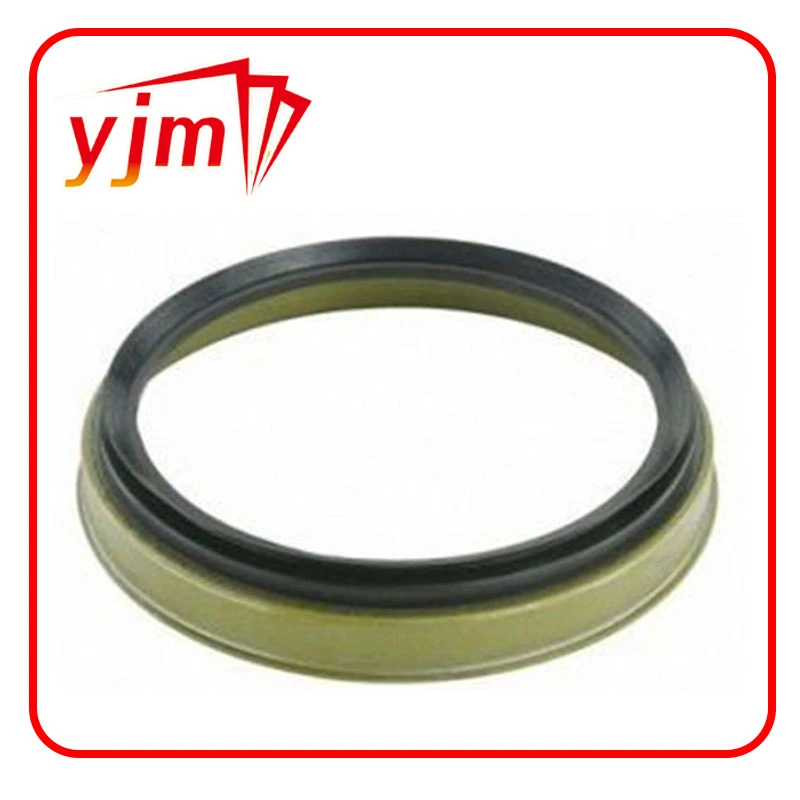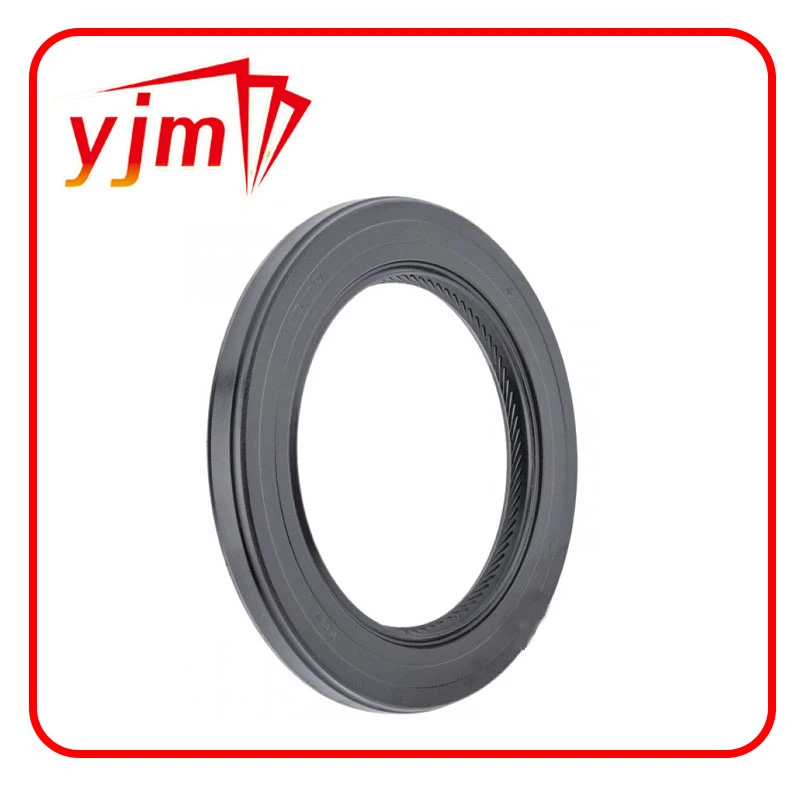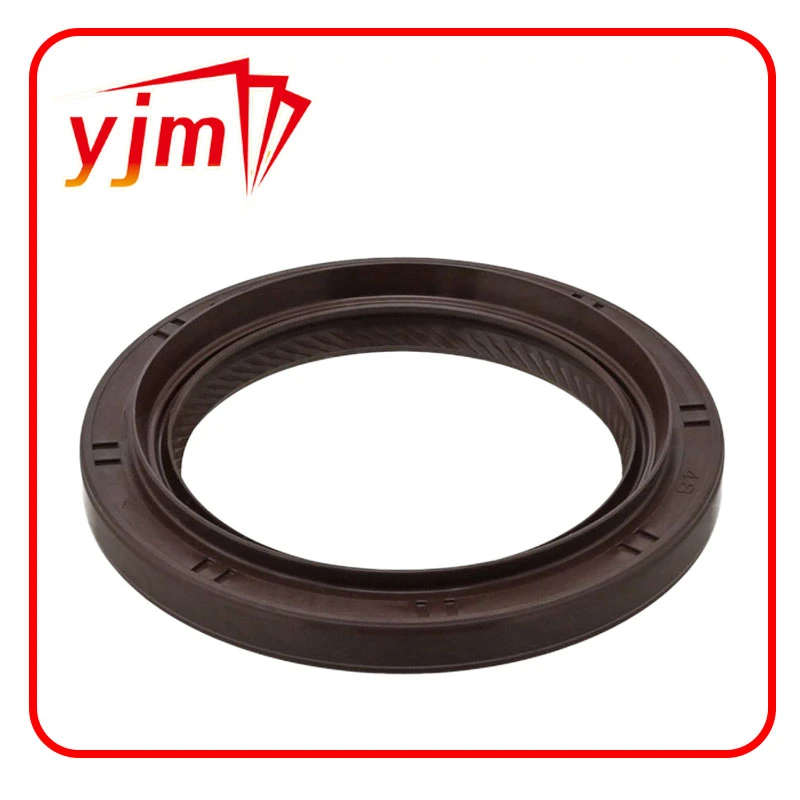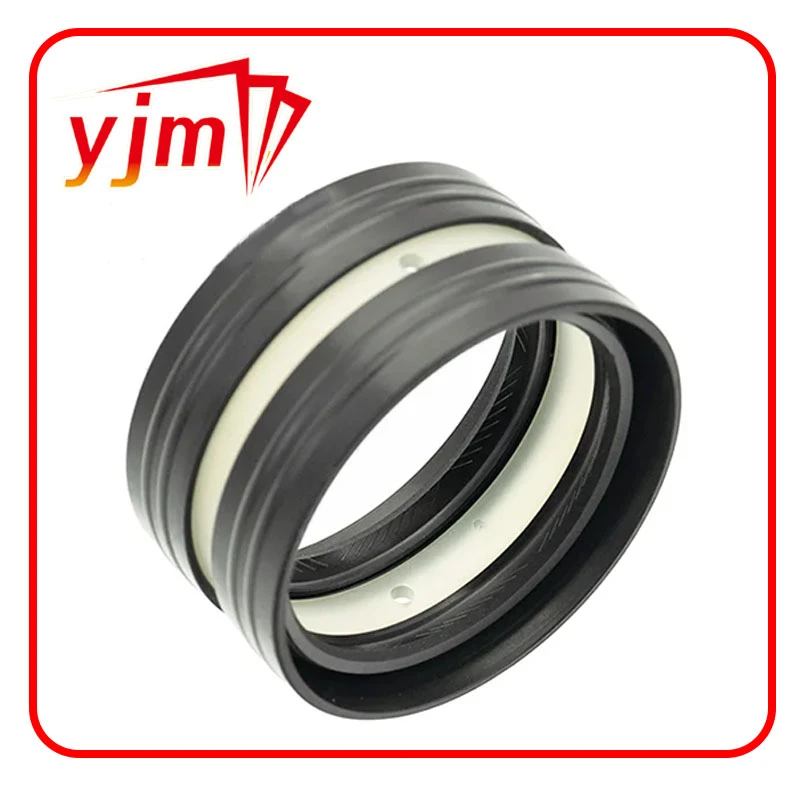Solving Oil Leaks: A Guide to Oil Filter Gaskets and O-Rings
Oil leaks around the filter area are a common issue in both older and newer engines. These leaks can often be traced to worn seals or gaskets associated with the oil filter system. Whether you're dealing with an oil filter adapter o-ring, a failing oil filter base gasket, or a compromised oil filter cooler gasket, identifying the correct source of the leak is essential for lasting repairs. This article breaks down the most critical components—what they do, why they fail, and how to fix them.
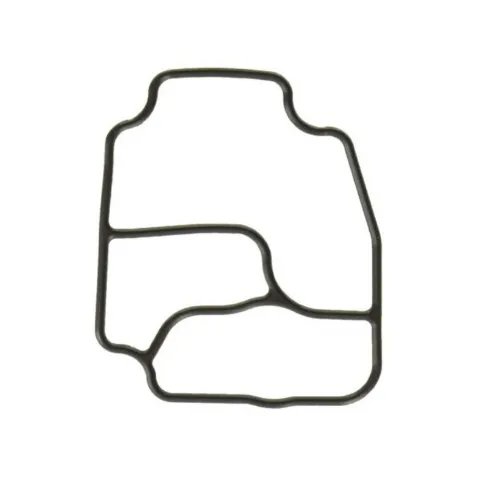
Common Leak Points: Gaskets and O-Rings to Watch
The oil filter system includes multiple seals designed to prevent oil from escaping. Each serves a different purpose but is equally vital. Here are the most common culprits:
Oil filter adapter o-ring
This O-ring seals the connection between the oil filter adapter and the engine block. It must withstand high pressure and constant temperature changes. Over time, the O-ring can become brittle or flattened, allowing oil to leak where the adapter meets the engine.
Oil filter and gasket
Most spin-on oil filters come with a pre-installed rubber gasket. If this gasket is misaligned, over-tightened, or left in place during an old filter removal (a double gasket scenario), it can cause severe leaks. Always check that the old gasket was removed with the old filter.
Oil filter base gasket
This gasket sits between the engine and the oil filter mounting base (also called the filter housing). Leaks here can mimic more severe engine problems, as oil may run down the block or mix with coolant if the leak is near passages.
Diagnosing Leaks Around the Oil Filter Area
Pinpointing the exact location of an oil leak is crucial before replacing parts. Leaks from the oil filter bracket gasket, oil filter adapter o-ring, or oil filter cooler gasket may look similar but have different fixes.
Here’s how to differentiate them:
Oil filter bracket gasket: Located where the oil filter mounting bracket attaches to the engine. If this gasket fails, you may see oil pooling below the bracket or dripping along the side of the block.
Oil filter cooler gasket: Some vehicles include an oil cooler integrated into the filter assembly. A leak in the oil filter cooler gasket often results in both oil and coolant mixing, creating a milkshake-like substance under the oil cap or radiator cap.
Adapter O-ring: If you remove the oil filter and still see oil weeping from the housing above it, the issue may be the oil filter adapter o-ring rather than the filter gasket itself.
When diagnosing, use a degreaser to clean the area, then monitor for fresh oil after driving a short distance.
Repair and Replacement: Step-by-Step Gasket Maintenance
Once you've identified the source of the leak—whether it's the oil filter base gasket, the oil filter bracket gasket, or another component—it's time to replace the faulty part.
Tools and Materials:
Socket set and torque wrench
Gasket scraper
Engine degreaser
Replacement gaskets and O-rings (vehicle-specific)
Oil drain pan
New engine oil and filter
General Steps:
Drain the engine oil completely and remove the oil filter.
If replacing the oil filter adapter o-ring or base gasket, you may need to remove the entire filter housing or adapter plate.
For vehicles with a cooler, remove the oil cooler and replace the oil filter cooler gasket. Clean all surfaces thoroughly before reassembly.
When dealing with the oil filter bracket gasket, remove any attached hoses or sensors carefully, and be prepared for oil to spill during disassembly.
Use a gasket scraper to clean mating surfaces, then wipe them down with brake cleaner.
Install the new gasket or O-ring, making sure it seats correctly and isn’t twisted or pinched.
Reassemble all components and torque bolts to the manufacturer’s specifications.
Refill with oil, install a new filter (with a thin layer of oil on its gasket), and check for leaks after running the engine.
Replacing worn components like the oil filter base gasket, oil filter adapter o-ring, or oil filter cooler gasket is a small job compared to the potential damage they can cause if left unattended. Regular maintenance and inspections go a long way in preventing leaks and preserving engine health.
-
Seal 12x20x5: Precision Radial Shaft Seals for Industrial Reliability
Notícias Nov.24,2025
-
Seal 12x18x5: Essential Guide to Specifications, Applications & Vendors
Notícias Nov.24,2025
-
Understanding Seal 12 20 5: Applications, Specifications & Industry Insights
Notícias Nov.23,2025
-
Durable Oil Seal 85x110x12 – Reliable Sealing Solutions for Industry
Notícias Nov.23,2025
-
Durable and Precise Oil Seal 75x95x10 for Efficient Machinery | YJM Seal
Notícias Nov.22,2025
-
Durable Oil Seal 75x100x10 for Reliable Industrial Performance | YJM Seal
Notícias Nov.22,2025
-
High-Quality Oil Seal 65x90x10 | Durable & Reliable Sealing Solutions
Notícias Nov.22,2025
Categorias de produtos

